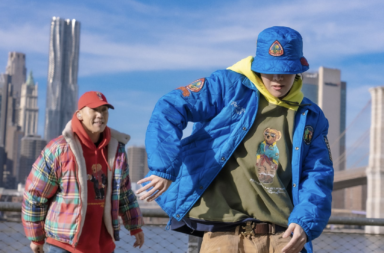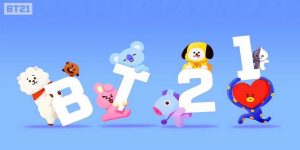
The past few weeks have seen a hive of activity from BTS’s BT21 brand. Launched in October 2017, BT21 is a collaboration with South Korea’s Line Friends, a range of animated characters associated with the popular Line messaging app. The project saw BTS members design eight animated characters: Koya, RJ, Shooky, Mang, Chimmy, Tata, Cooky, and Van, each of which represent a member and Army, BTS’s fandom
The collaboration, the first under the Line Friends Creators banner, underscores BTS’s soaring fame. On the official website, Line Friends draws links between the company’s popularity and BTS’s success among millennials worldwide. BT21’s achievements since its launch are testament to this, with products and pop-up shops racking up long queues and clearing out stock in record time. Just over the past couple of months, the brand has released sell-out collaborations with Hot Topic and Anti-Social Social Club whilst pop-up stores have opened in Canada and the Philippines.
Merchandise has long been a core part of the K-pop marketing strategy, with repackaged albums, photocards, and fansign goods all playing a part in an idol group’s comeback. However, the launch of an animated character series to sit alongside a K-pop group is unique. Agency marketing strategies have generally focused on advertising the group’s brand itself rather than diluting efforts through the promotion of parallel brands. In this sense, BT21 represents an innovative marketing tactic by Big Hit Entertainment that brings several benefits
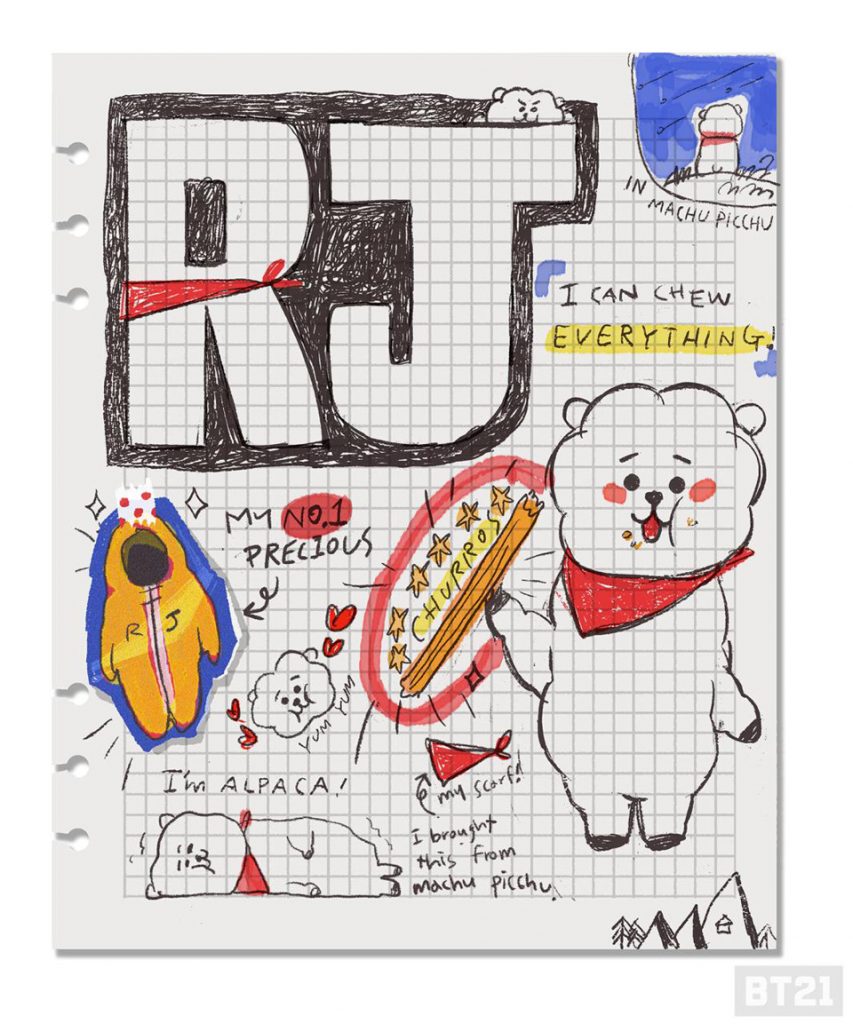
BT21 offers BTS and Big Hit flexibility. The agency can market and promote the group through different mediums unrestricted by contractual agreements. BTS have endorsed Puma since 2015 and were appointed global ambassadors of the brand earlier this year. The collaboration has produced limited edition BTS x Puma trainers such as the Turin, Basket, and Court Star models. Exclusivity clauses are standard to endorsement deals; BTS’s collaboration with Puma limits the group from promoting or entering into contracts with similar products or brands.
However, since the launch of BT21, the brand has forayed into collaborations with precisely those brands that would have been off-limits to BTS. BT21 recently announced limited edition Reebok InstaPump Fury sneakers with a version for each BT21 character. The brand also teamed up with Converse in July to release limited editions of the cult Chuck Taylor All Stars which were sold out within 10 minutes on Naver’s online store. BT21 offers Big Hit a useful loophole to market BTS as widely as possible without the usual contractual restrictions and even provides the advantage of promoting with competitors.
Variety is another factor. By creating animated characters, Big Hit has broadened the scope of its marketing. The likeness of idol group members may not necessarily lend itself to branding in certain product domains, for example food products. Instead, BT21 can step in and recoup what could have been lost opportunities. For things like apparel, the animated characters offer fans a way to support BTS but in a more discreet way. Meanwhile, the fact that each member has their own character provides more variety for fans to purchase merchandise specific to their bias.
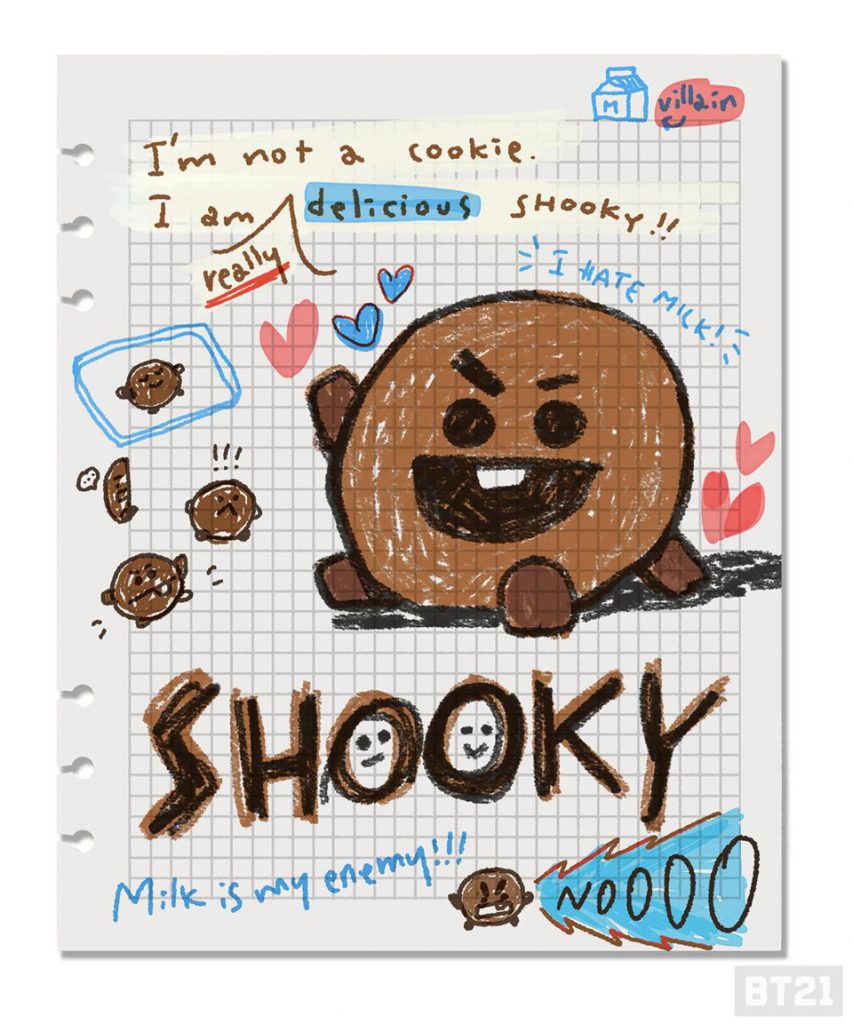
The versatility of the animated characters over their human counterparts offers more opportunities across different mediums. Line Friends released Puzzle Star, a BT21-themed game app, in April this year and character stickers launched in 2017 have racked up 8 million downloads. BT21 also allows Big Hit to take advantage of more promotional events such as seasonal holidays and respond to trends to maximise profits. Since launching, BT21 has released a line of themed products for Halloween and Christmas which have been hugely successful.
Related to this, frequency is also a key factor. Where BTS’s own schedule can be restrictive, BT21 requires little day-to-day input from the group itself, being handled as it is by a separate team. Where BTS are limited by the number of hours in a day, the deployment of animated characters are not similarly restricted. BT21 has a Twitter account with nearly 3 million followers, with the account frequently posting shareable content including media and GIFs. This allows Big Hit to continue promotion and engagement at all hours and independently of the group itself
BT21 also offers Big Hit greater opportunity for creative output. BTS had direct input into the creation of the BT21: members created their own character, imbuing each with specific personalities. The process was shared with Army to increase interest in the brand ahead of its release. For fans, BT21 represents another medium through which to support their biases and the group more broadly. In addition, BT21’s simple animated design concept has inspired organic engagement through the creation of fan art, many of which garner thousands of likes and retweets on Twitter.
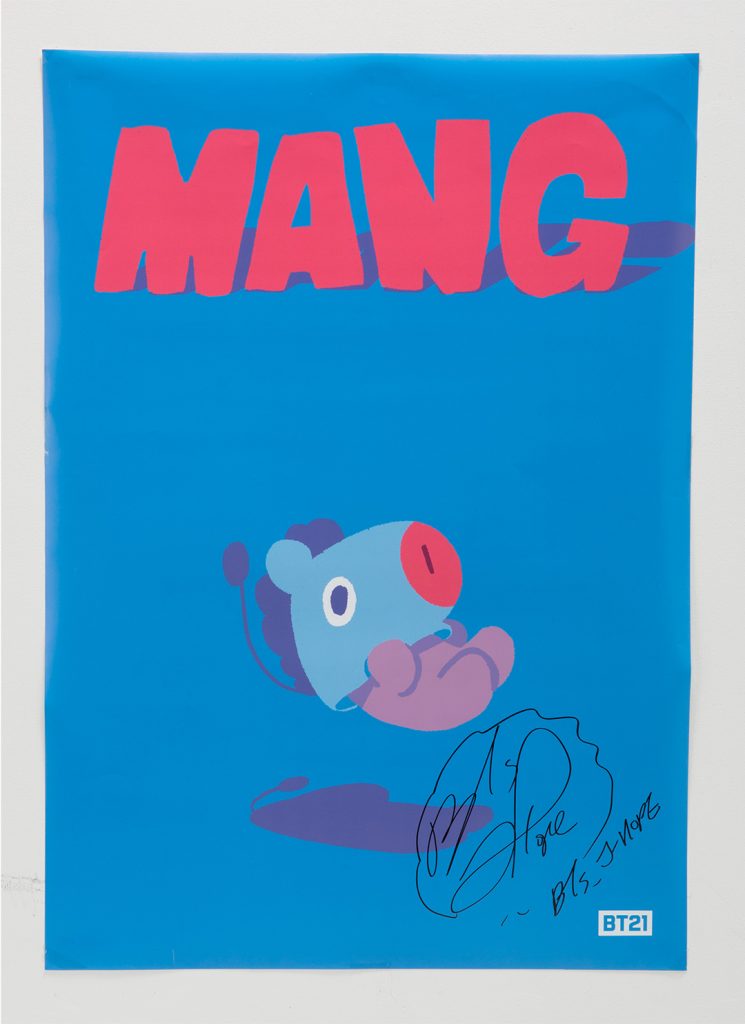
In pure forecasting terms, BT21 looks set to continue its growth in 2019 , no doubt with further collaborations and pop-up shops in the pipeline. On the other hand, whilst BT21 offers Big Hit greater flexibility, variety, frequency and creativity in marketing BTS, such a marketing strategy also comes with several potential pitfalls.
There is a danger of a growing disparity between BTS and BT21. BT21’s backstory sets the characters up as idol wannabes inspired by BTS to form a rival group and there are already memes on Twitter pitching the group and the brand’s successes against one another. Although humorous in tone, there is a subtext that possibly nudges fans to unconsciously perceive the two as separate entities. With some of the distinctions being drawn out between the two rather than reinforcing BTS, there is a risk that the brand could grow too distant from its anchor.
Following on from this, the centrality of BTS could be blurred. By virtue of BT21’s greater flexibility and variety, there is a possibility of fans being introduced to the brand first and BTS’s artistry second. This arguably goes against the grain of what the group stands for: meaningful music that sparks a connection. BTS have successfully bridged language divides and the group is associated with their prioritisation of sincere lyricism
— this is something the group will want to maintain front and centre.
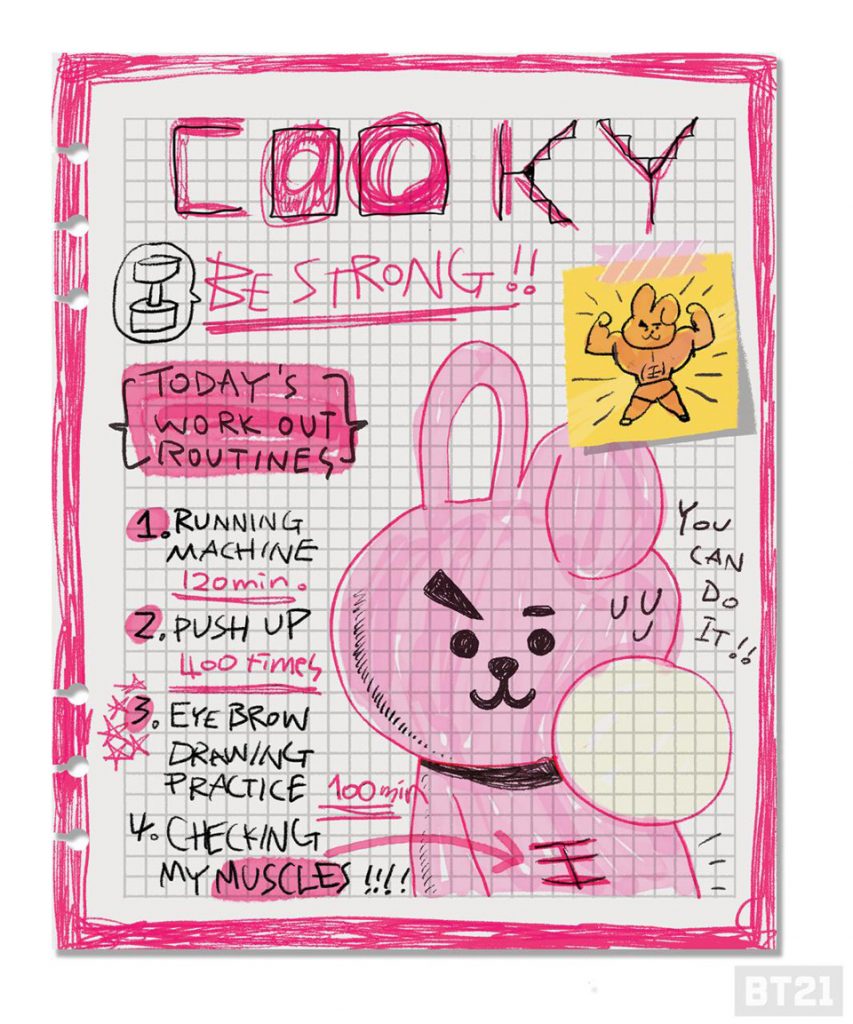
The variety of BT21 goods could also lead to merchandise saturation. The availability of goods from parallel brands could inadvertently detract fans from core merchandise such as tour and official BTS products. In addition, by giving fans more merchandise options, there is a danger that such a marketing strategy would spread fans’ money too thin, particularly in an already overcrowded space. Merchandise price tags have already received some criticism for consumer exploitation. In this sense, the variety of BT21 goods could exacerbate an already oversaturated market.
Finally, there is also a downside to the creativity BT21 inspires in that the simpler the art, the less creative control Big Hit has. This is arguably made worse because BT21 characters bear little resemblance to their human counterparts: the less identifiable an image is to an individual, the more blurred the lines between copyright and creative interpretation. Unofficial merchandise is already a huge online market and acts as a profit leakage for agencies. The ease of replicating BT21 characters could magnify profit losses for Big Hit in the creative domain.
Big Hit Entertainment has thus far managed to balance the pros and cons of pursuing its unique marketing strategy, avoiding the pitfalls as the brand has grown stronger. This is probably down to the success of BTS, where the group has been stratospheric enough to remain at the core of attention, outpacing the brand. However, Big Hit needs to maintain the centrality of the group in its merchandising and marketing strategy to ensure BT21 remains firmly under the BTS brand umbrella going forward
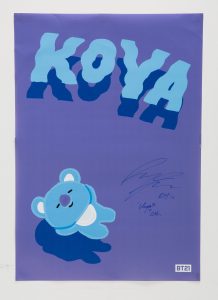
It is precisely for this reason that whilst BT21 has been a lesson in successful marketing, it may not lend itself to emulation. The popularity required to maintain a fine balance between brand and group is unique and there are few K-pop groups who are in a position to cultivate the same conditions. Even those that do attempt it are not guaranteed to reach the levels of success that BTS and Big Hit Entertainment have achieved with BT21.
(BT21 Official Website, Korea Herald, Korea Times, PR Newswire, Metro. Images via BT21 Official Website.)
